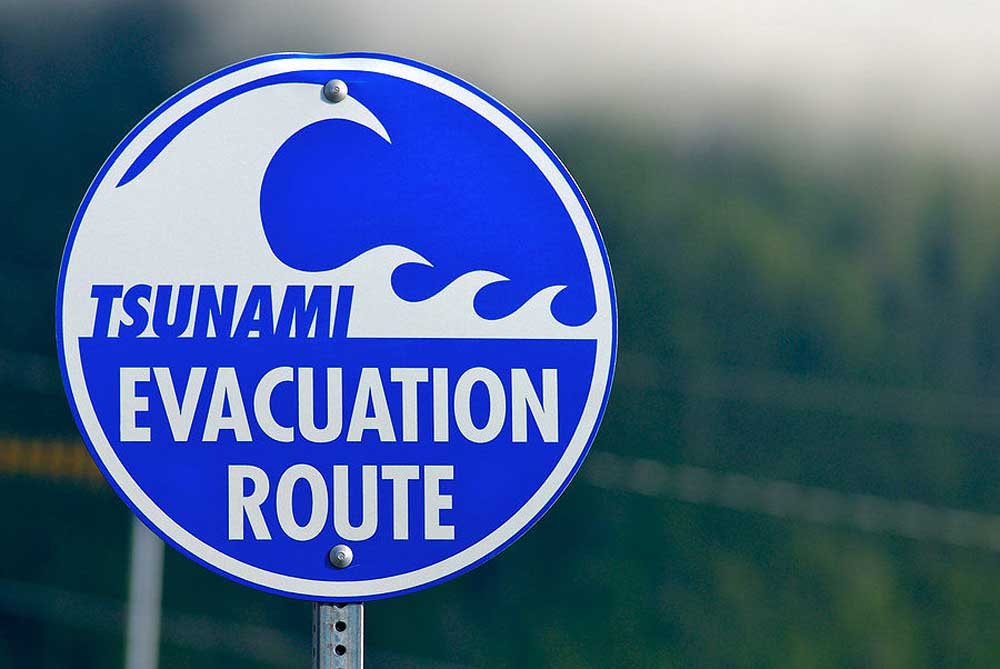Federal grant helps prepare the coast for a tsunami
Published 4:12 am Tuesday, October 24, 2017

- Seaside safety
A federal grant will help model the effect a tsunami would have on coastal communities and commercial traffic in the Columbia River.
The $354,241 from the National Tsunami Hazard Mitigation Program is aimed at projects to help prepare the coast for a disaster. Oregon has received $4.6 million from the grant program since 2009.
“We wanted to figure out what the impact of a maximum tsunami would have as it travels up and inundates the Columbia,” said Jonathan Allan, a coastal geomorphologist with the state Department of Geology and Mineral Industries.
The project is meant to help understand the interaction between tsunamis, tides and river flows.
“That will help us figure out where ships should evacuate,” Allan said. “If you’re in the estuary, your best option might be to evacuate upriver in a local event. You won’t have time to go out to sea.”
The state finished tsunami run-up models for the Oregon Coast in 2013. The new grant funding will allow researchers to put the data into a more useful format for coastal communities, showing the public how quickly waves will arrive at different coastlines and estuaries.
“We need that information to figure out how quickly it’s going to take people to evacuate from their homes to high ground,” Allan said. “From the wave arrival times, we can extrapolate how long it will take to reach safety.”
Researchers are also trying to account for potentially failing bridges and other infrastructure and the impact it will have on people’s courses and evacuation times, Allan said.
Previous grants have funded signs on U.S. Highway 101 telling people when they are entering or leaving a tsunami hazard zone, along with evacuation maps in areas with high foot traffic. Clatsop and Tillamook counties already have the signs. The new funding is meant for Lincoln and Lane counties, Allan said, with the hope of more than 300 signs along the Oregon Coast by 2020.
“Oregon’s vision is for coastal residents and visitors to be fully prepared for and resilient to Cascadia Subduction Zone tsunamis,” State Geologist Brad Avy said in a news release. “This federal grant funding is critical in continuing our progress toward that vision.”





